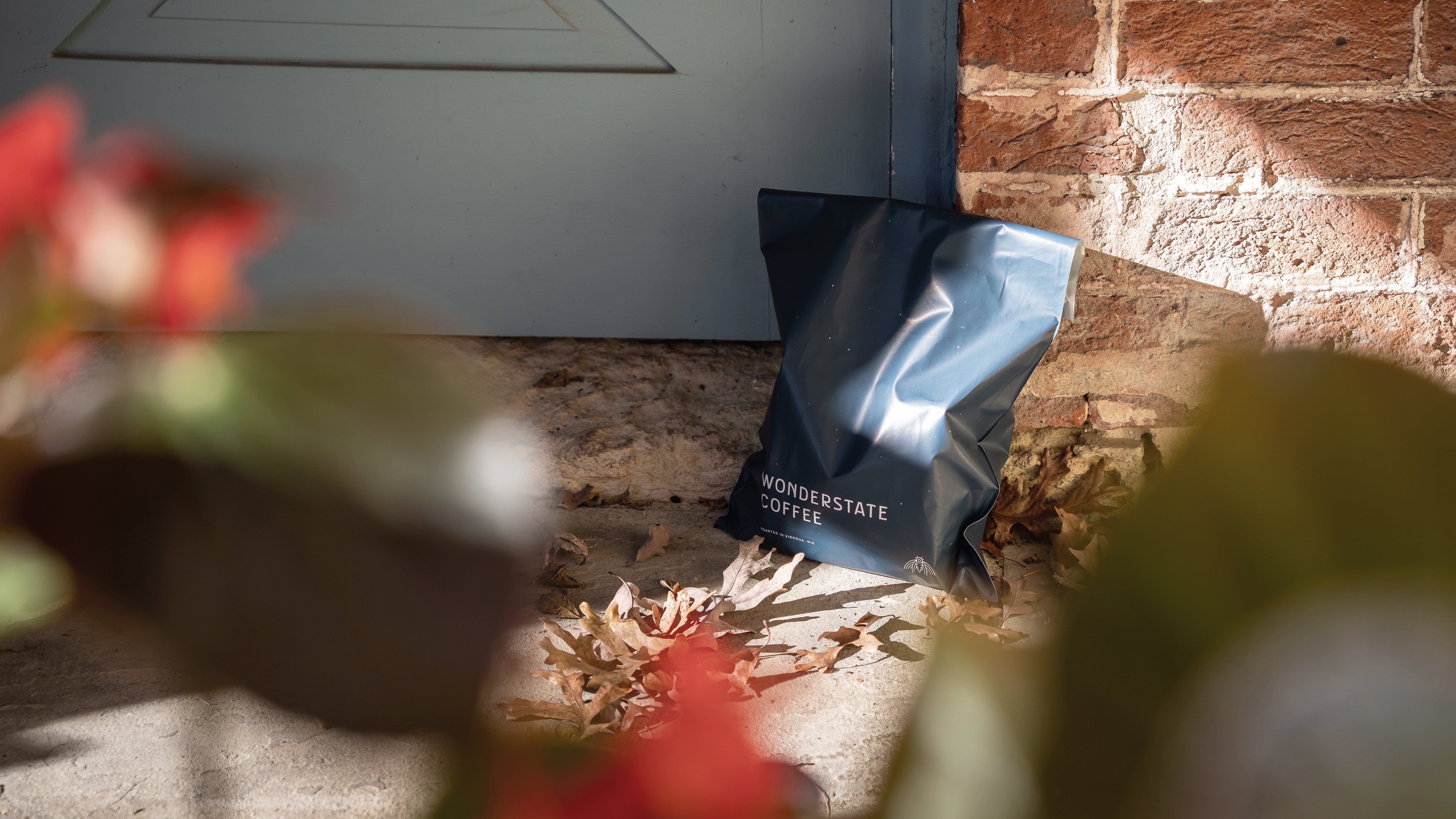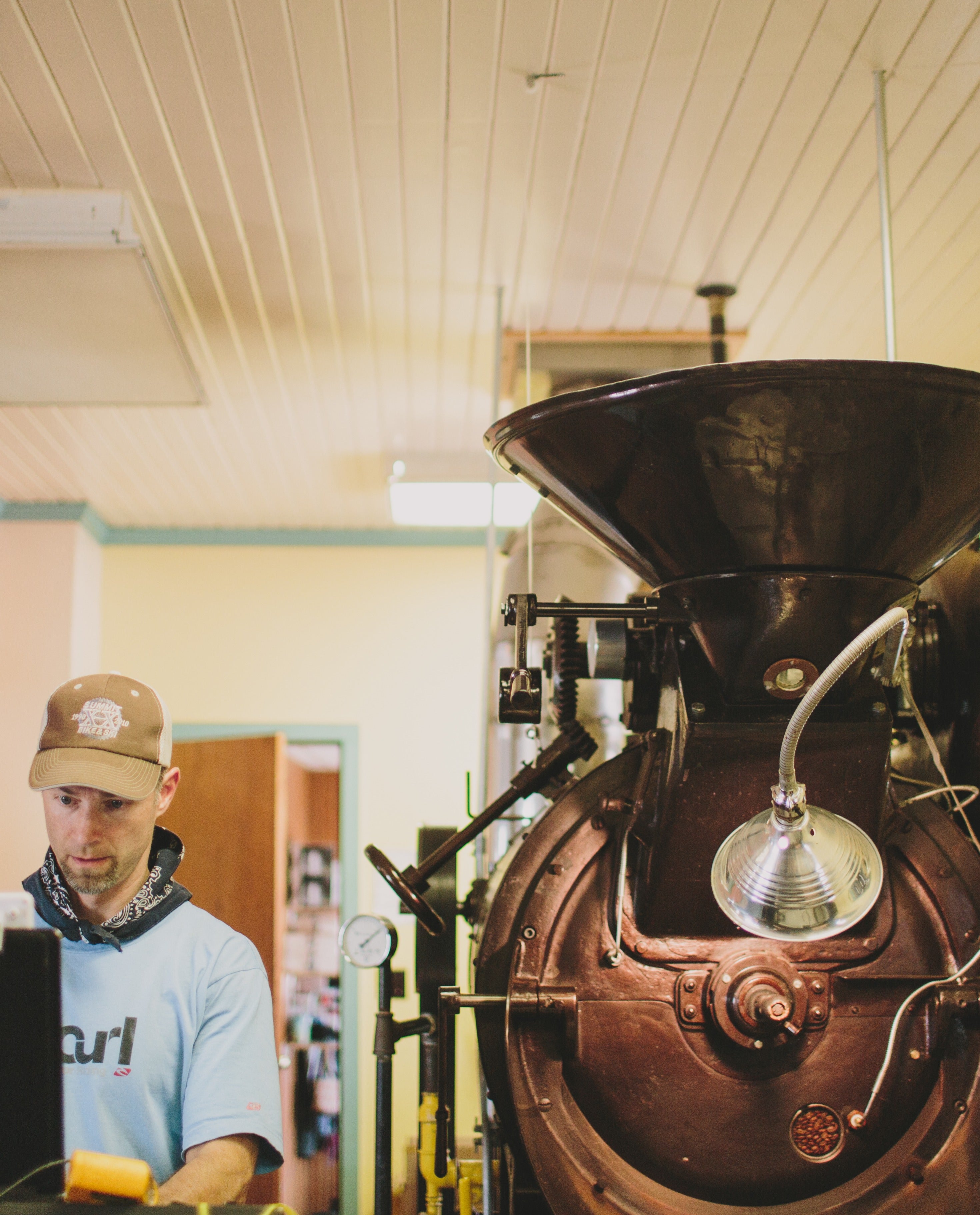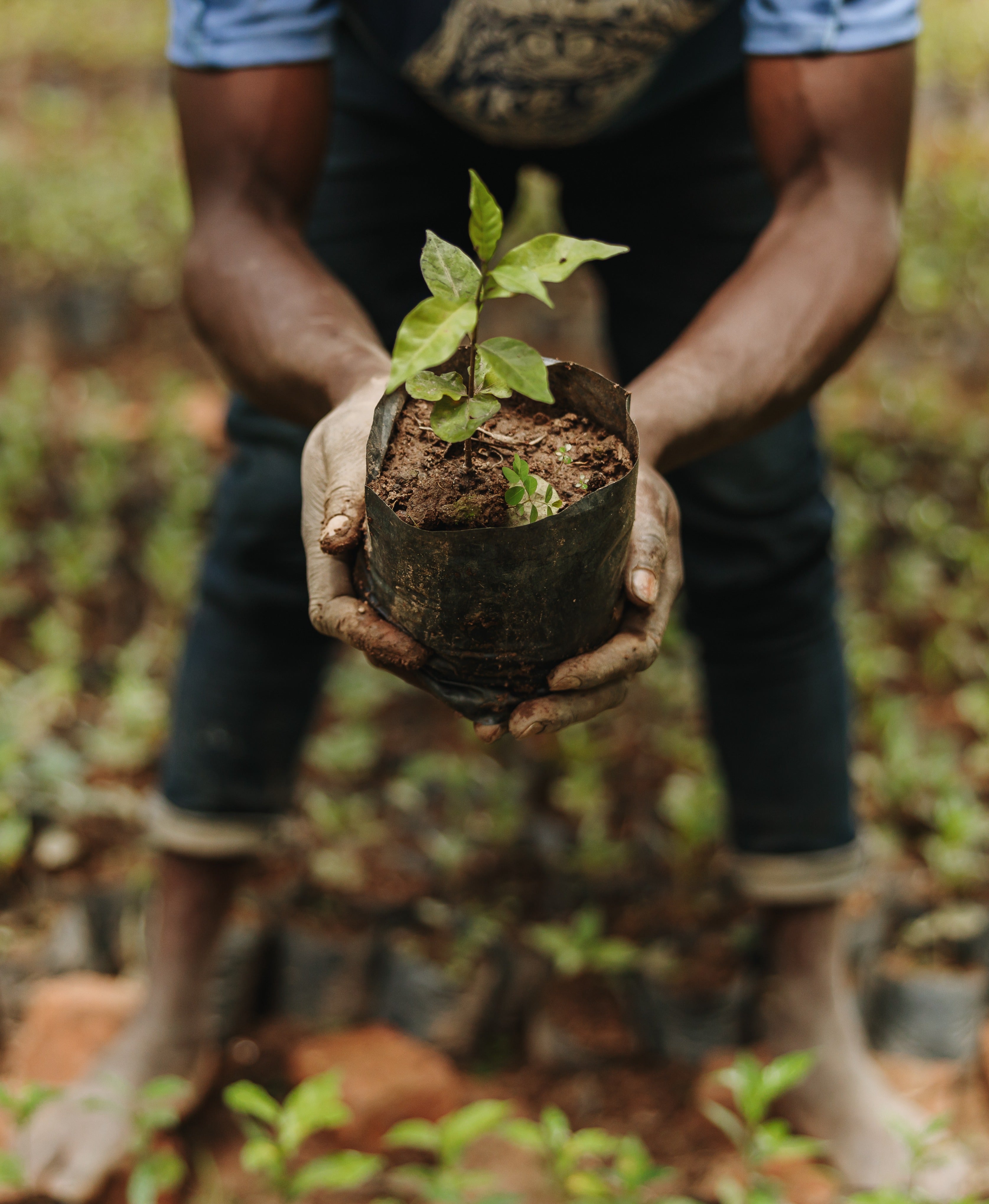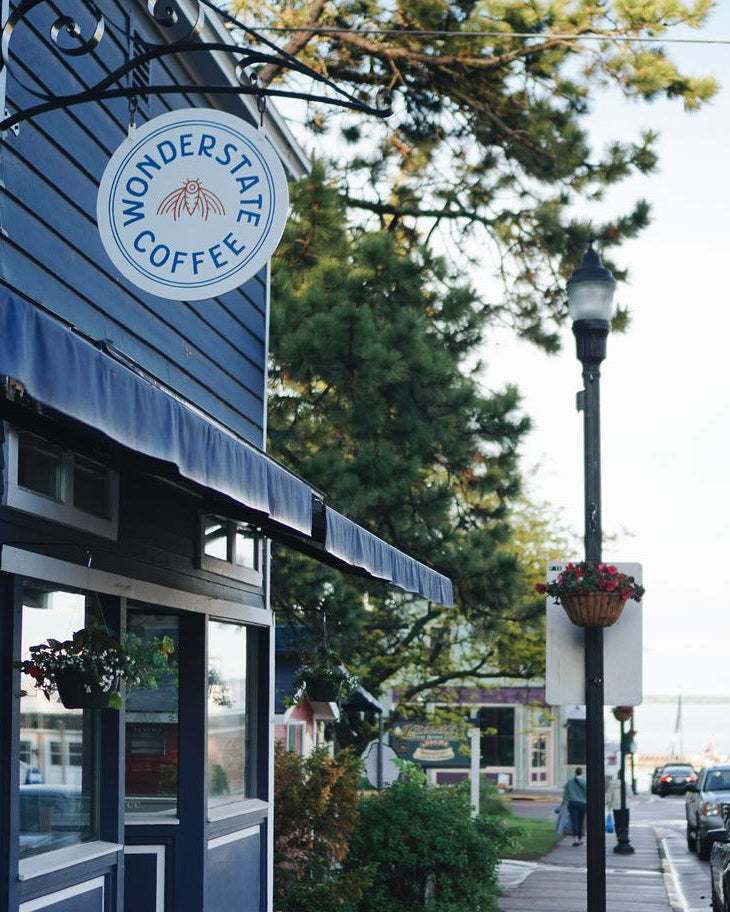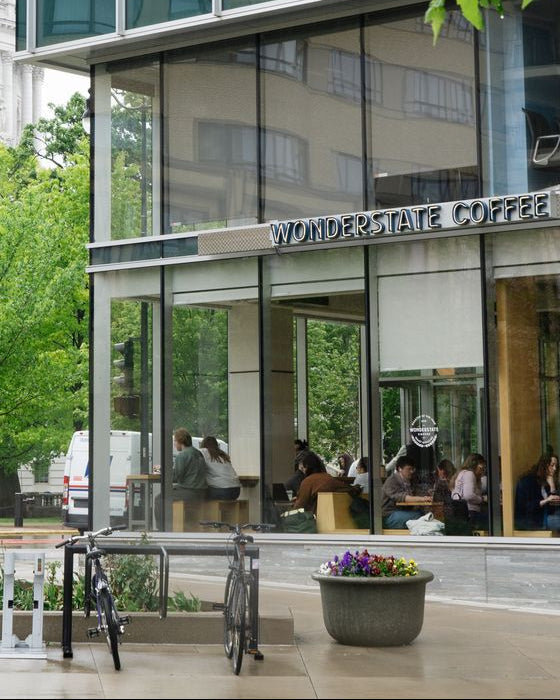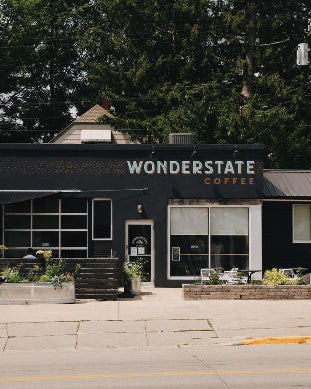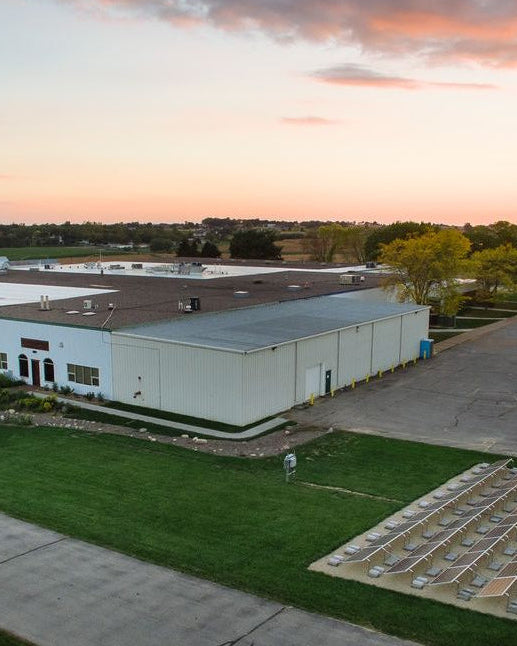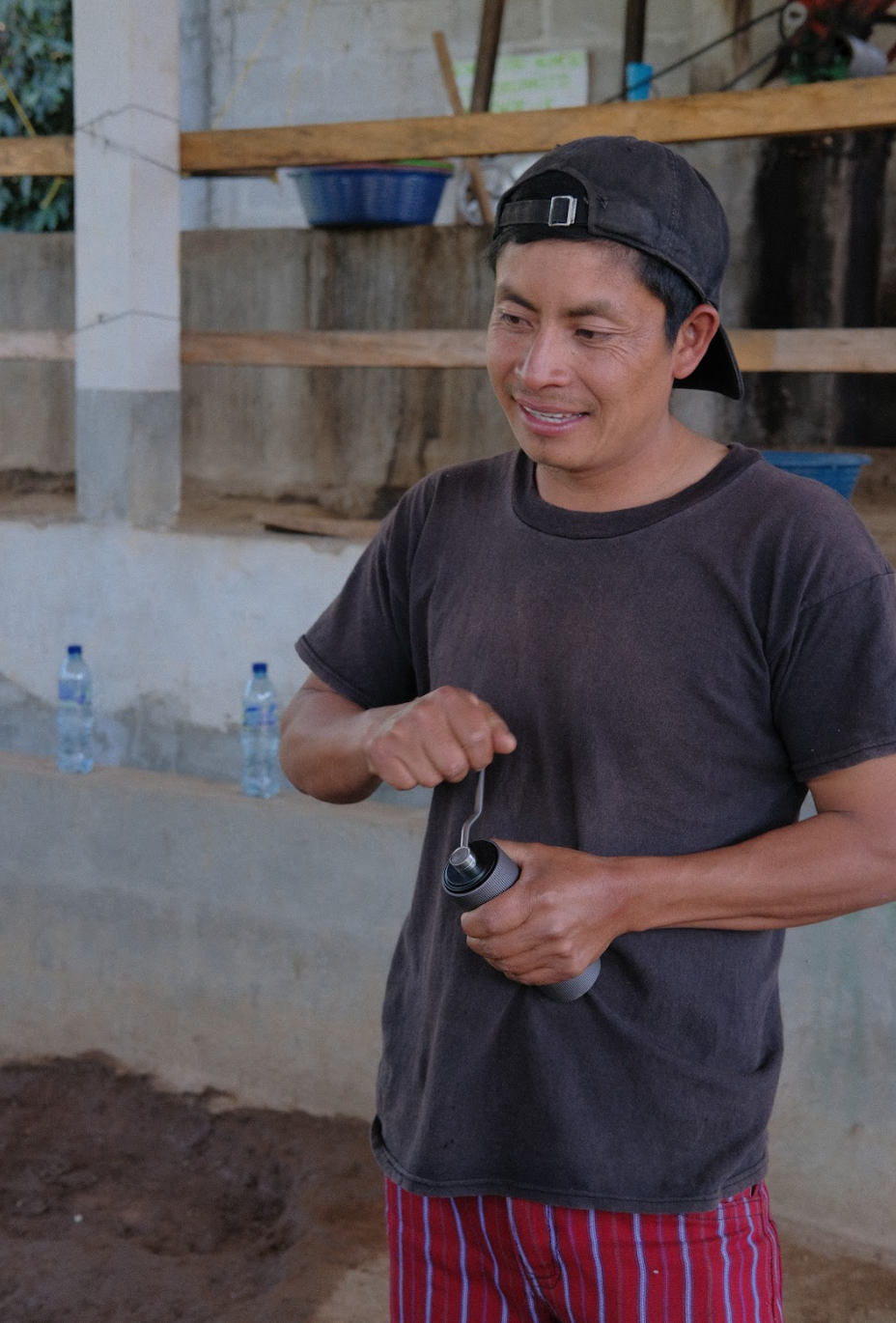Nick Brehany, Director of Coffee
Despite tasting hundreds of coffees each year, I have to say that I am in love with Guatemalan coffees. My fascination with them began nearly a decade ago when I first started roasting. I was captivated by the endlessly rewarding mixture of chocolate and caramel, red berries, and citrus in each cup. This fascination eventually led me on my first trip to visit coffee farmers in the remote but gorgeous highlands of Huehuetenango, where some of the best coffee in Guatemala is produced.
It's easy to wax poetic about the hyper-floral notes of Ethiopian coffees or the majestic expression of the Gesha variety, but I often find myself repeatedly drawn to coffees from Guatemala.
All these years later, I still find myself eagerly anticipating fresh harvest Guatemalan coffees. In some ways, not much has changed. The coffees we're releasing evoke those first experiences of juicy, chocolatey, and complex flavors. Yet, there is so much more that truly makes Guatemalan coffees special.

Nick with producer, Wendy Hernandez, first-place winner of CODECH’s cupping competition with a Pache Verde variety from her farm, Finca Bonita.
The CODECH Cooperative
In 2023, I traveled back to Huehuetenango for the first time in four years to visit coffee farmers and gain a deeper understanding of the cultivation context, including the challenges, successes, and everything in between. We source much of our Guatemalan coffee from the CODECH Cooperative, located in the heart of Huehuetenango’s coffee growing zone. CODECH is unique in that it functions as an umbrella organization, encompassing three first-level cooperatives: ADAT, ADIPY, and ADINTEC. These cooperatives work together to provide hundreds of smallholder farmers with technical training and support while maintaining separate sales of their respective coffees. We purchase from all three, each with its own distinct flavor profile.
 ADIPY Cooperative Leaders
ADIPY Cooperative Leaders
During the trip, I participated in a competition hosted by CODECH to highlight the best coffees produced each year. Individual farmer-members are encouraged to submit their coffee to the competition, where a panel of judges from various US roasteries taste and evaluate the entries. The top ten coffees are rewarded with higher prices and guaranteed purchases from the roaster-judges.
Throughout the week, I alternated between cupping sessions and farm visits, meeting many farmers who contributed coffee to the competition. These visits provided first hand insight into the constantly shifting and volatile landscape of Guatemalan coffee cultivation.
One of the major recurring issues faced by farmers in Huehuetenango is climate change. In the past, farmers had a good understanding of the harvest seasons: when to prune the trees, when to expect flowering, and when to begin harvesting. However, typical weather patterns have become erratic, causing inconsistent flowering and an extended harvest season. Farmers now have to either hire more workers to pick the coffee over a longer period or let the coffee cherries dry and rot on the trees. Both options are difficult and place increasing strain on small, largely indigenous farmers.
Despite these difficulties, the farmers of the CODECH cooperative continue to produce outstanding coffees. This success is largely due to the support provided by the cooperative through technical and agricultural training. Additionally, CODECH emphasizes quality as a key factor in differentiating their coffee from competitors in the region. This focus on quality is evident in the coffees from CODECH, the best of which have hibiscus-like floral-fruity tones and mouth-watering chocolate notes.
On the last day of the competition, the winners were announced. I was delighted to see Porfirio Velasquez, whose coffee, Tojquia, has become a staple on the Wonderstate menu each fall, among the top three winners. His coffee displayed classic hibiscus tones, alongside tart cranberry and a strong citrus acidity that made his coffee “pop.” It was easily one of my favorites, and we committed to purchasing not only our usual 25 bags but also the 15-bag lot he submitted to the competition, making Porfirio the largest individual farmer in Wonderstate’s coffee lineup.
However, it was the first-place winner who truly captivated my taste buds and imagination. Wendy Hernandez’s winning coffee from her farm, Finca Bonita (literally meaning “beautiful farm”), was unmistakable. It expressed flavors not typically associated with Guatemalan coffees, such as green melon and apricot. Upon visiting her farm to announce her win, I learned Wendy primarily planted Pache Verde, an uncommon variety for the area. She told us her father had planted the variety when she was young, and to honor him, she continues to propagate the trees instead of opting for newer varieties. While the variety undoubtedly plays a significant role in flavor, it was ultimately her dedication and resilience that created such an extraordinary coffee. As a single mother raising a daughter, Wendy faces massive challenges, but with the help of fellow women farmers in the cooperative, she learned how to care for her trees and produce outstanding coffee.
2024 Harvest
This year, when I returned to Guatemala, I wanted Porifio and Wendy to taste their own coffees.
This may seem like an odd mission and a frivolous reason to travel to Guatemala, but for me, it addresses one of the missing links in the coffee industry. Believe it or not, most coffee farmers have never truly tasted their own coffee—not the way we do. We roast the best beans using state-of-the-art equipment, high-quality brewing gear, and the finest grinders available. In contrast, most farmers end up drinking the coffee they don’t sell to us, often the “seconds” and “thirds” from their harvest. They roast it extremely dark on their stoves and brew it using simple methods, resulting in a super-strong cup of coffee that mostly tastes like ash and charcoal.
I brought Aeropress brewers, Timemore hand grinders, and Hario scales to brew the best cup possible with minimal equipment.

Porfrio Valesquez uses the hand grinder on his farm.
The visit to Wendy’s farm was spectacular. Inspired by her win in the competition, she’d made several improvements to the farm and was excited to show me how she was creating even better coffee. After checking out her setup, we sat down in her kitchen, and I demonstrated the brewing equipment. We brewed an Aeropress together and began sipping the same coffee I purchased for Wonderstate from her farm this harvest. She was almost silent as she sipped, considering the range of flavors in the mug. She confided that she didn’t know her coffee could taste this good.
At Porfirio’s farm we enjoyed his coffee while overlooking the scenic valley views. We talked about his coffee, and he was surprised to learn we used flavor notes like “hibiscus” and “citrus” to describe it. He had never considered coffee could taste citrusy or floral.

Producer, Juan Jesus Perez, on his farm, which he calls Q’ejnhah.
I’m excited to share that we are beginning to release these phenomenal coffees again. Not only will you see familiar coffees from Wendy and Porfirio, but you’ll also taste Q’ejnhah, a coffee we purchased from farmer Juan Jesus Perez. His coffee was one of my favorites from this harvest, with pineapple and yellow-apple flavors creating a fragrant and sugary-sweet cup profile. While visiting his farm, I saw many yellow-variety coffee trees, which to me explains the yellow-fruit profile found in his coffee.
Guatemalan coffees offer a refined and easygoing flavor that anyone can enjoy, anytime and anywhere. They work especially well in espresso and equally shine when brewed with a V60, Kalita, or French Press.
For me, the decision is clear: I'll be spending my Saturday mornings savoring a cup of Guatemalan coffee for months to come.
Organic Guatemala Q’ejnhah is available now. Look for Organic Guatemala Tojquia and Finca Bonita in September.
Sign up for emails to be the first to hear about new releases.
Read more

Have you ever wondered how coffee is decaffeinated? With all the recent buzz about decaf, you might be asking if it’s safe and, more importantly, if it tastes good. We're here to answer your questi...

Our Director of Coffee Nick breaks down his favorite Aeropress recipe for this stellar coffee. By Nick Brehany This brew method was created to ensure fast, even extraction. The water temperature ...

